Have you ever been out in nature and heard a sound that made your skin crawl? Many animals produce unique and sometimes terrifying sounds that can leave us feeling uneasy. In this list, we’ll explore 18 of the most frightening animal sounds and uncover the fascinating reasons behind them.
1. Howler Monkeys
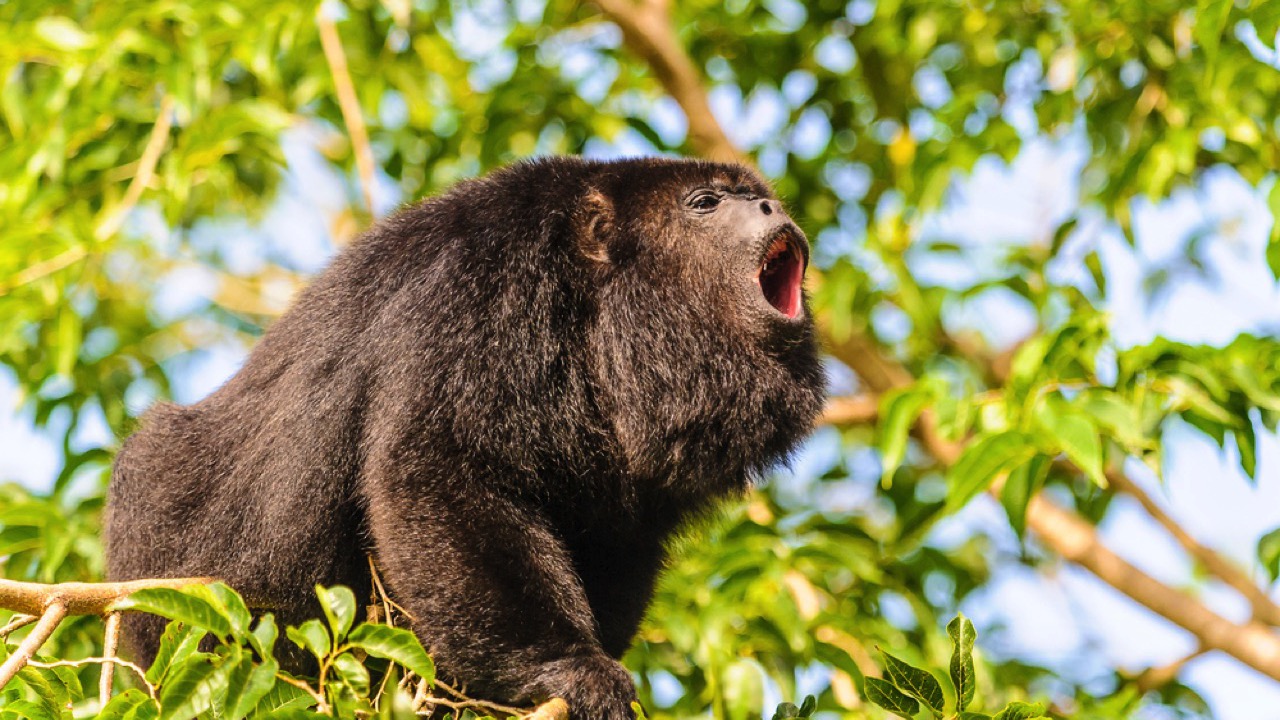
Howler monkeys are known for their bone-chilling howls that can be heard up to three miles away in the dense rainforests of Central and South America. These loud vocalizations help them establish their territory and communicate with other members of their troop.
2. Tasmanian Devils
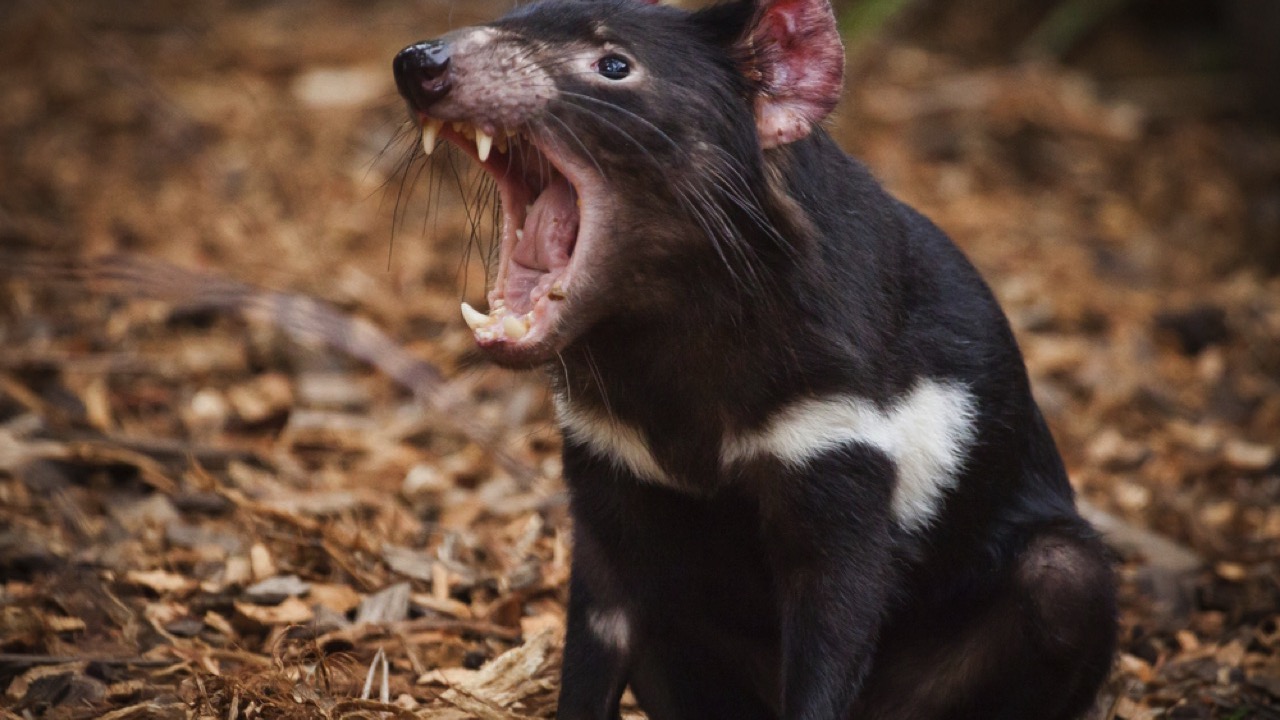
The spine-tingling screeches and growls of the Tasmanian devil are enough to make even the bravest person shudder. These small, carnivorous marsupials use their vocalizations to assert dominance, defend their territory, and attract mates.
3. Mountain Lions

Also known as cougars or pumas, mountain lions produce a variety of unsettling sounds, including growls, hisses, and even high-pitched whistles. These sounds serve as warnings to other mountain lions and help mothers communicate with their cubs.
4. Elk

During the mating season, male elk (also known as bulls) emit a loud, eerie bugling sound to attract females and intimidate rivals. This haunting call can be heard echoing through the mountains and forests of North America.
5. Owls

Many owl species are known for their ghostly hoots and screeches that pierce the night. These sounds help owls establish their territory, attract mates, and communicate with their young.
6. Foxes
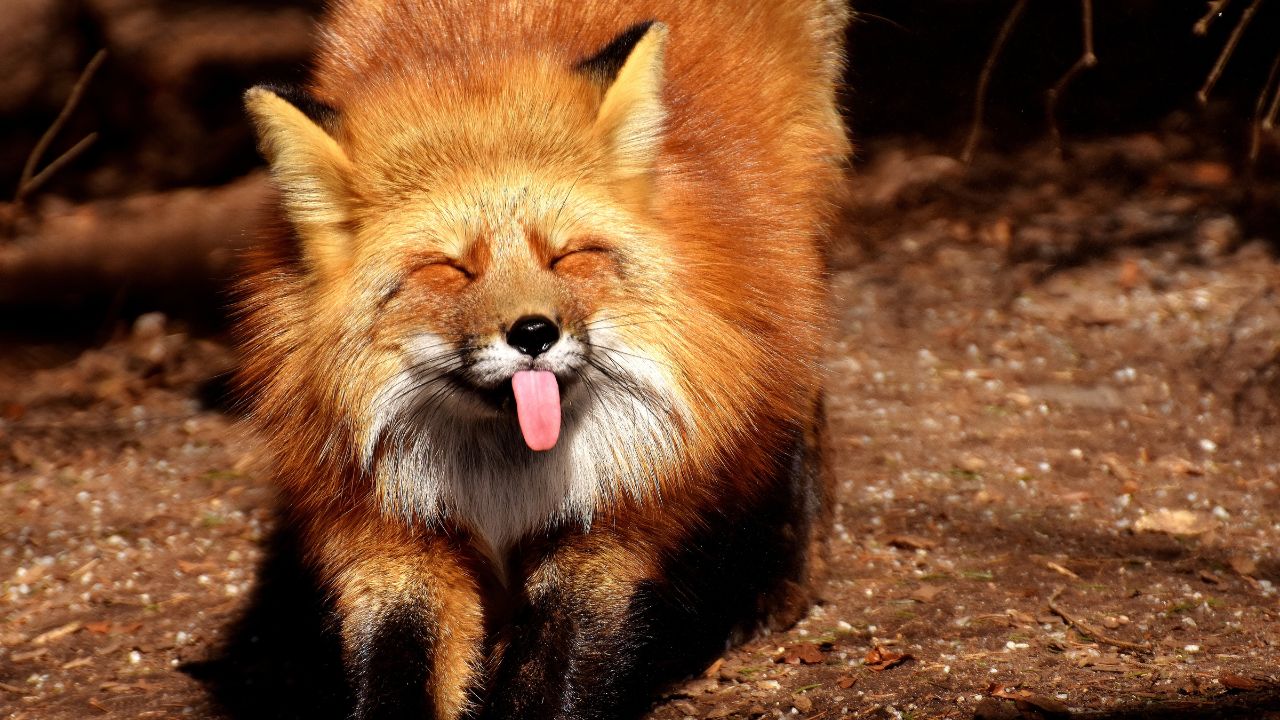
Foxes produce a range of unsettling sounds, including barks, screams, and even a bone-chilling sound known as “gekkering.” These vocalizations help foxes communicate with each other and defend their territory.
7. Peacocks

The loud, shrill cries of peacocks can be quite startling, especially when heard unexpectedly. Male peacocks use these calls to attract females and assert their dominance over other males.
8. Whales
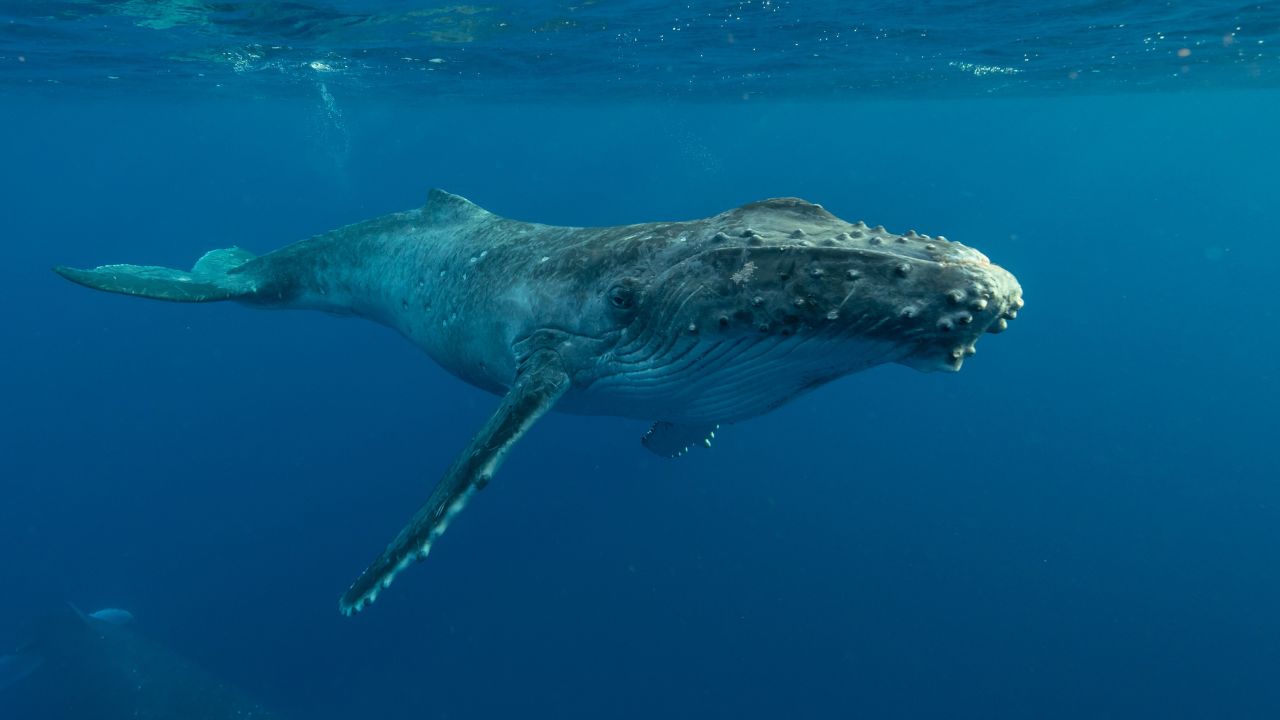
Some whale species, such as the humpback whale, produce haunting songs that can travel for miles underwater. These complex vocalizations are believed to play a role in communication, navigation, and even mating rituals.
9. Hyenas

The eerie, laugh-like vocalizations of hyenas can send shivers down your spine. These sounds help hyenas establish social hierarchies, coordinate hunting efforts, and communicate with their clan members.
10. Barn Owls

The piercing shrieks and hisses of barn owls can be particularly unnerving, especially when heard at night. These sounds help barn owls defend their territory and communicate with their mate and offspring.
11. Alligators
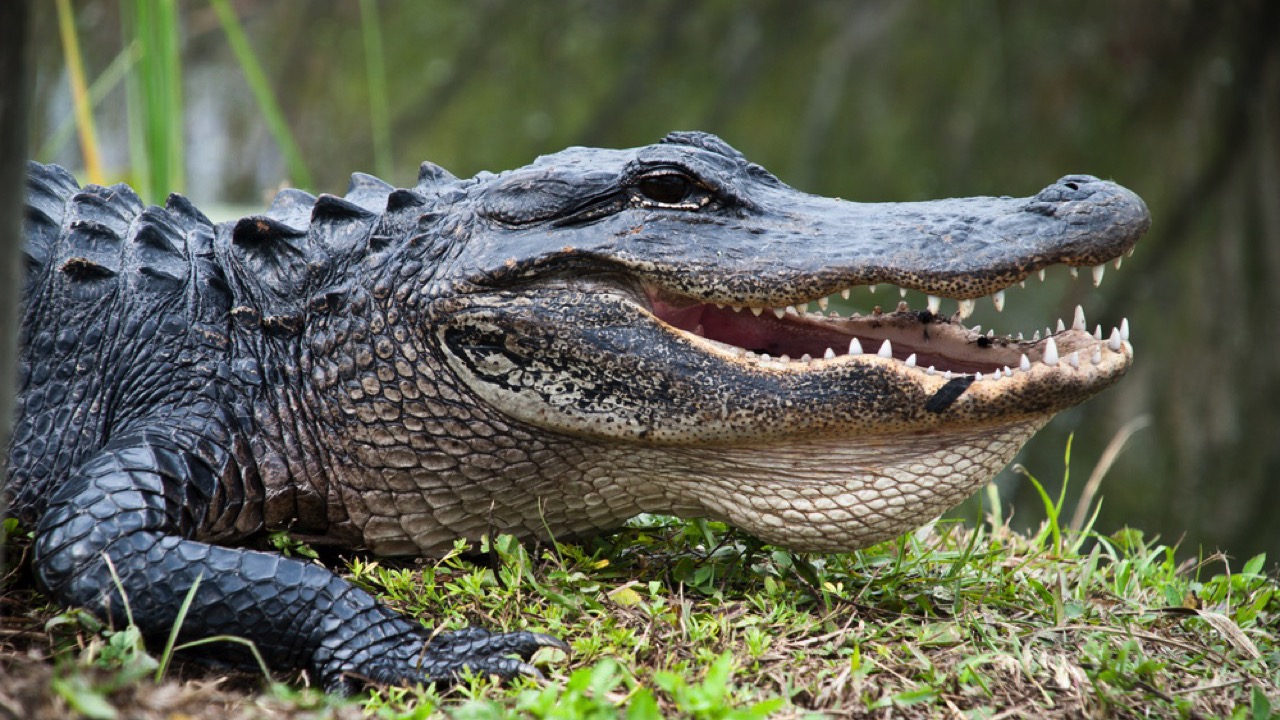
During the breeding season, male alligators produce deep, rumbling bellows that can be heard from quite a distance. These vocalizations help attract females and warn off rival males.
12. Coyotes

The haunting howls and yips of coyotes can be heard in many parts of North and Central America. These sounds help coyotes communicate with their pack members and establish their territory.
13. Elephants

While elephants are generally peaceful creatures, they can produce a range of alarming sounds, including trumpeting calls and low-frequency rumbles. These vocalizations help elephants communicate over long distances and express emotions.
14. Lemurs
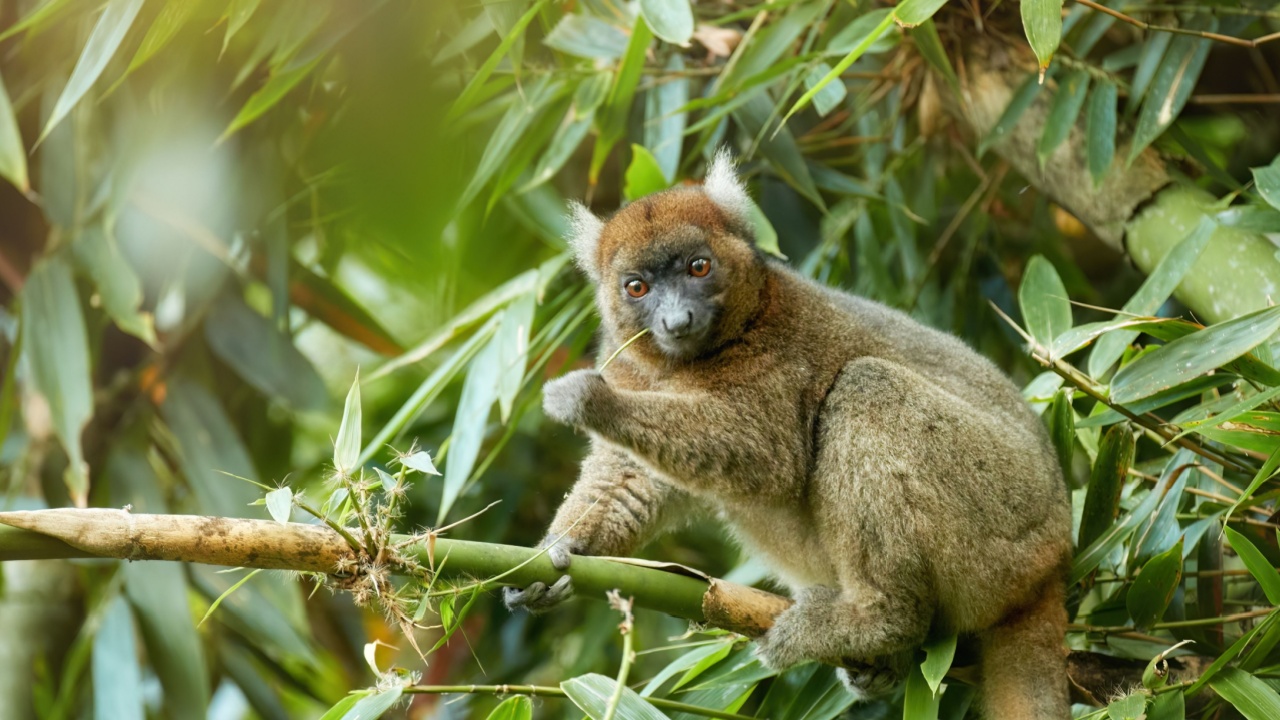
The eerie, wailing calls of the indri, the largest living lemur species, can be heard echoing through the rainforests of Madagascar. These sounds help indris mark their territory and communicate with their family groups.
15. Lyrebirds
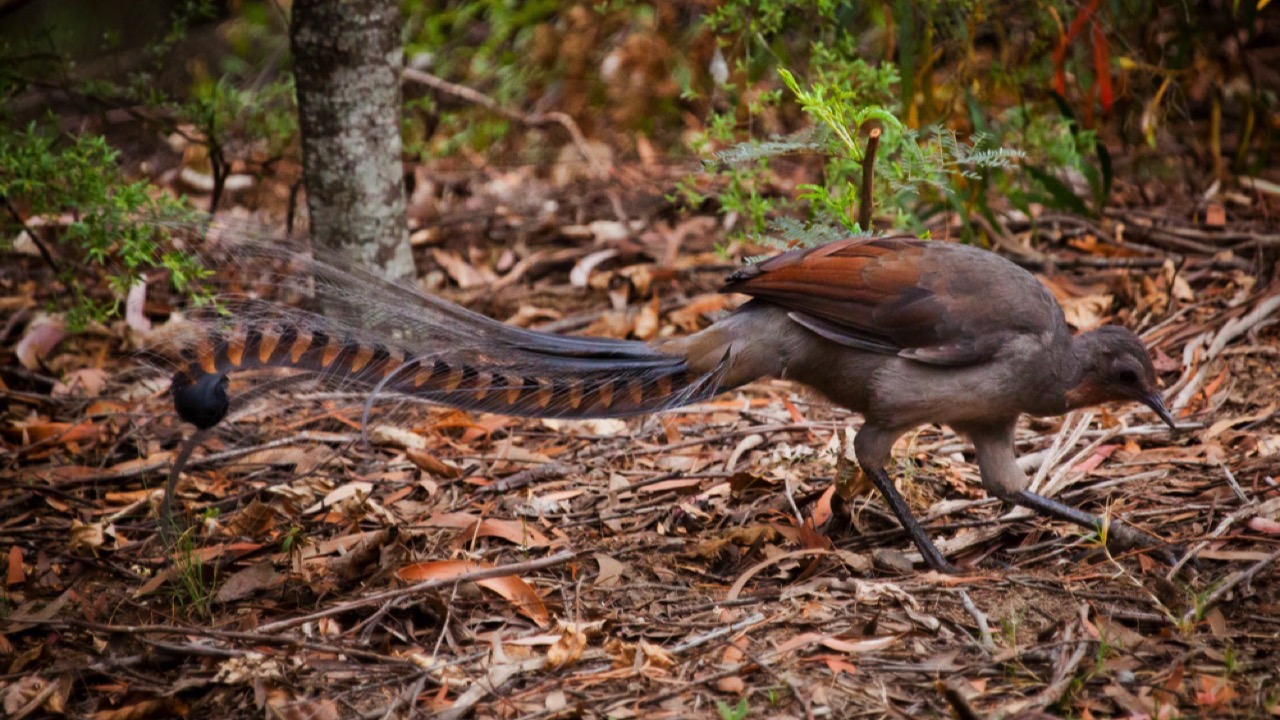
Male lyrebirds are known for their incredible ability to mimic sounds from their environment, including the calls of other birds and even human-made noises like chainsaws. While not necessarily frightening, these uncanny imitations can be quite surprising to hear in the wild.
16. Bats
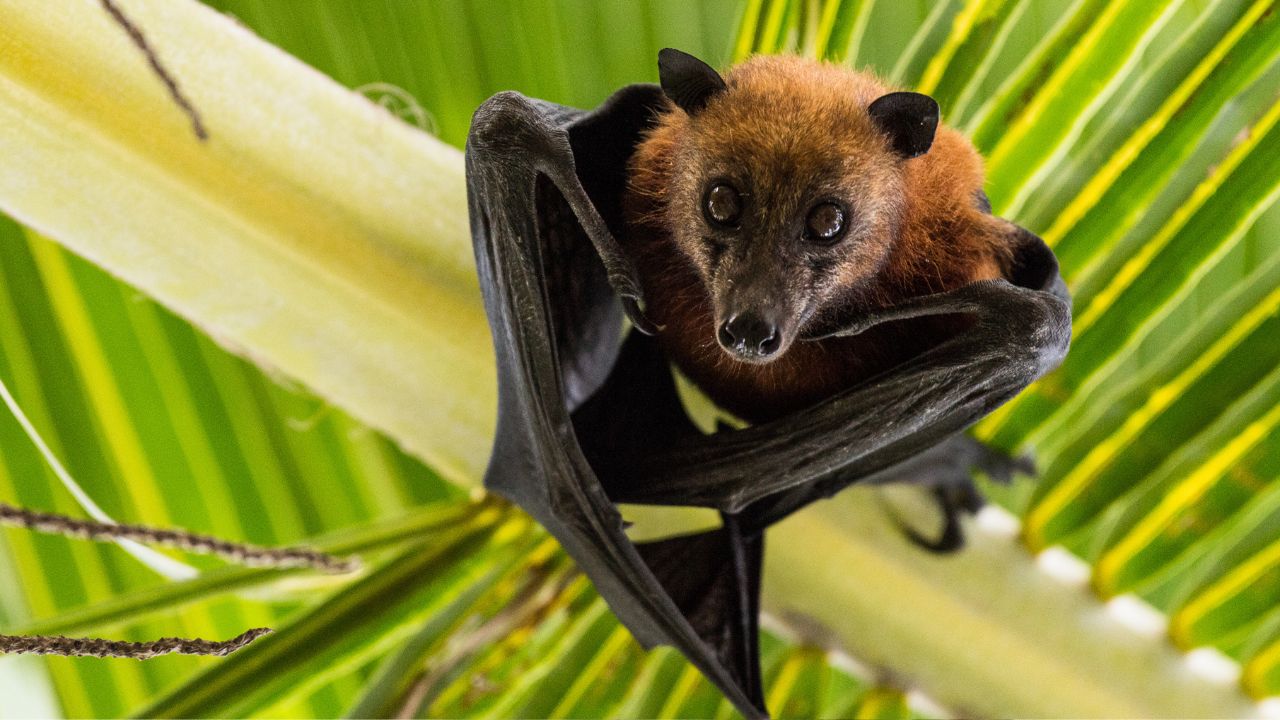
Many bat species produce high-pitched sounds that are inaudible to human ears. However, some bats, like the Mexican free-tailed bat, emit audible chirps and buzzes that can be quite unsettling, especially when heard in large numbers.
17. Cicadas

The loud, droning buzz of cicadas can be overwhelming, particularly during the summer months when these insects emerge in large numbers. Male cicadas produce these sounds to attract females, and when many cicadas sing together, the noise can be deafening.
18. Hippos
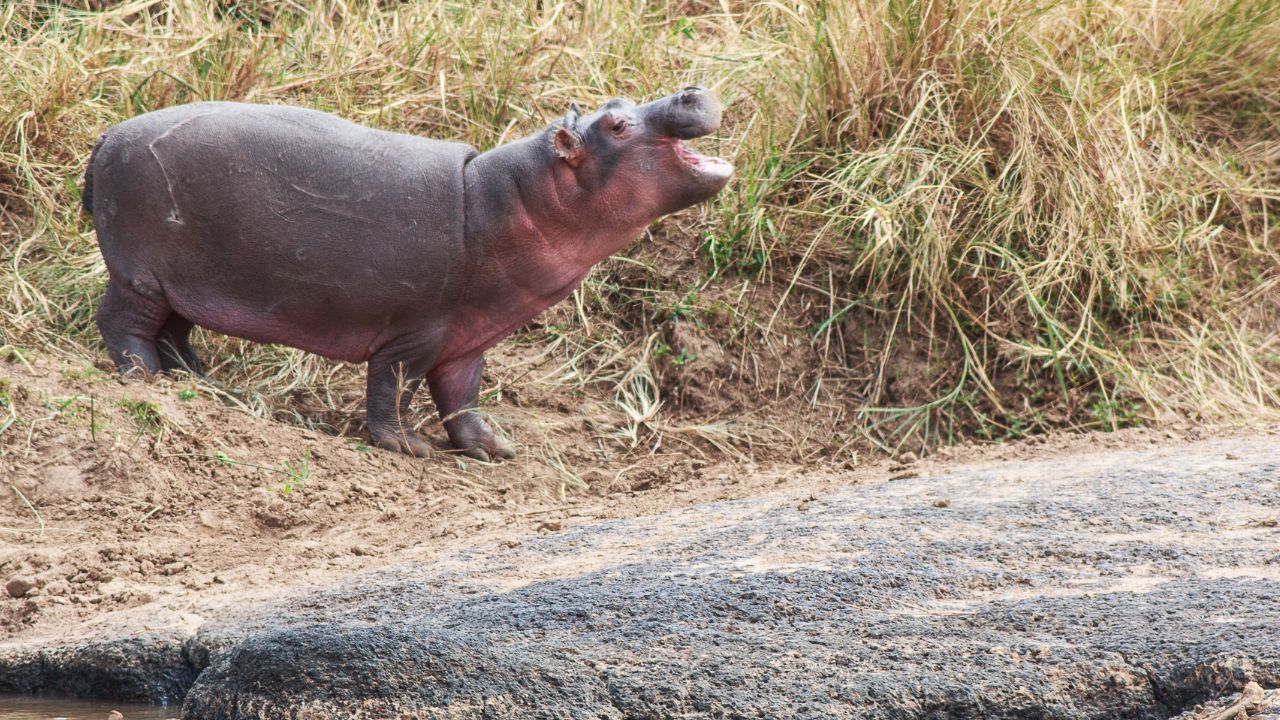
Despite their somewhat comical appearance, hippos are one of the most dangerous animals in Africa. Their loud, bellowing calls can be quite intimidating, and these vocalizations help establish dominance and warn off potential threats.
Becky is a fervent wildlife enthusiast and pet care expert with a diploma in canine nutrition. Her love for animals stretches beyond the domestic, embracing the wild tapestry of global fauna. With over a decade of experience in animal welfare, Becky lends her expertise to OutlandishOwl through insightful articles, captivating wildlife information, and invaluable guidance on pet nutrition. Her work embodies a deep commitment to understanding the intricate lives of animals and a passion for educating others on sustaining natural habitats. Becky's hands-on conservation efforts and her knack for translating complex dietary science into practical pet feeding tips make her an indispensable voice for creatures great and small.




